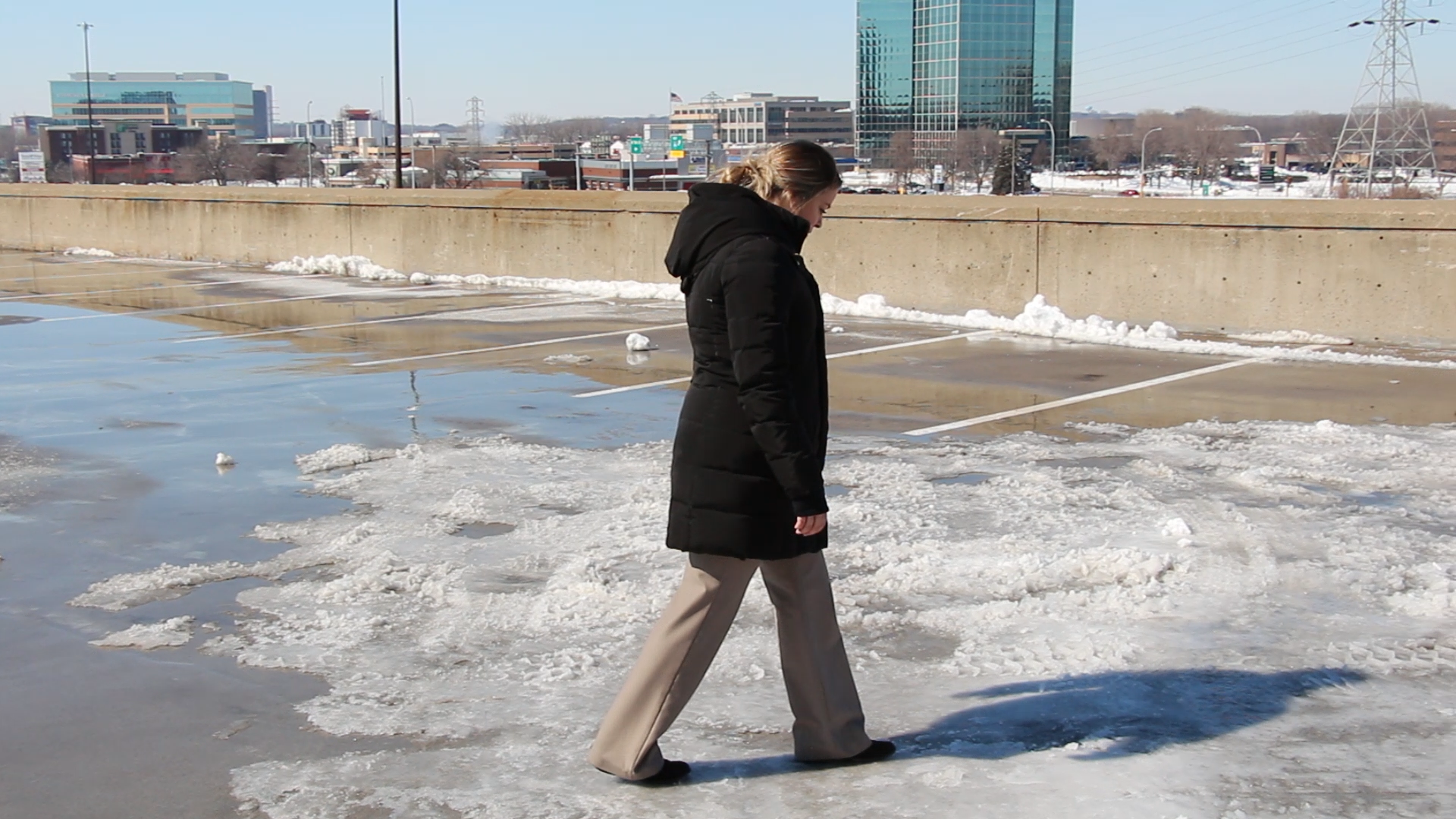Workers in manufacturing are exposed to a variety of dangers in the workplace. The National Safety Council rated manufacturing as the industry with the third highest occurrence of injuries resulting in days away from work. Although manufacturing can be a fast-paced environment, it’s important to slow down and focus on worker safety.
Top ten hazards
In 2018, these were the most common manufacturing safety violations cited by OSHA:
- Machine guarding
- Lockout/tagout
- Hazard communication
- Respiratory protection
- Electrical requirements
- Powered industrial trucks
- Personal protective equipment
- Occupational noise exposure
- Walking and working surfaces
- Process safety management
Focus on safety
Creating a culture of safety is one of the key ways to prevent injuries.
All leaders and supervisors in the company should prioritize safety. They are the ones who set the example for all other employees and can teach workers to avoid risks and utilize best practices.
Be sure to establish some safety best practices. Set up procedures and safety measures for all employees to follow and be sure to enforce them. Reinforce your expectations by continually communicating them to your workers. Implement safety training sessions for all new employees and continue to follow up with additional sessions periodically.
Safety guidelines for your employees include:
- Follow proper procedures when using machines and tools
Pay attention to manufacturer’s recommendations for operating any equipment. All machinery should have proper guarding.
- Wear the appropriate personal protective equipment
Make sure all PPE is in good condition and suited to the job being done.
- Avoid slips, trips and falls
Be aware of potential hazards that could cause a fall, such as uneven walking surfaces, unsafe use of ladders, obstacles in walkways and more.
- Use proper lifting procedures
Use mechanical lifting equipment whenever possible. If manual lifting can’t be avoided, remember to lift from a position of power by keeping the head up, keeping the load close, using a staggered stance and remember “nose follows toes” to avoid twisting.
- Report any unsafe working conditions
Inform supervisors of any hazards, including but not limited to malfunctioning machinery, tripping hazards and damaged tools.
Recommended resources
SFM has a variety of manufacturing safety resources available. Some key pieces include:
- Machine guarding 5-Minute Solution
- Lockout/tagout 5-Minute Solution
- Job hazard recognition Supervisor Initiated Training
- Respirators 5-Minute Solution
- Forklift safety 5-Minute Solution
- Warehouse safety Supervisor Initiated Training
- Report unsafe conditions Supervisor Initiated Training
- Personal protective equipment CompTalk
- Supervisor strategies for reducing lifting hazards
- Use Safe Moves when lifting handout
- Slips, trips and falls: An employers guide for preventing injuries
All these and additional safety resources can be found in our resource catalog.

